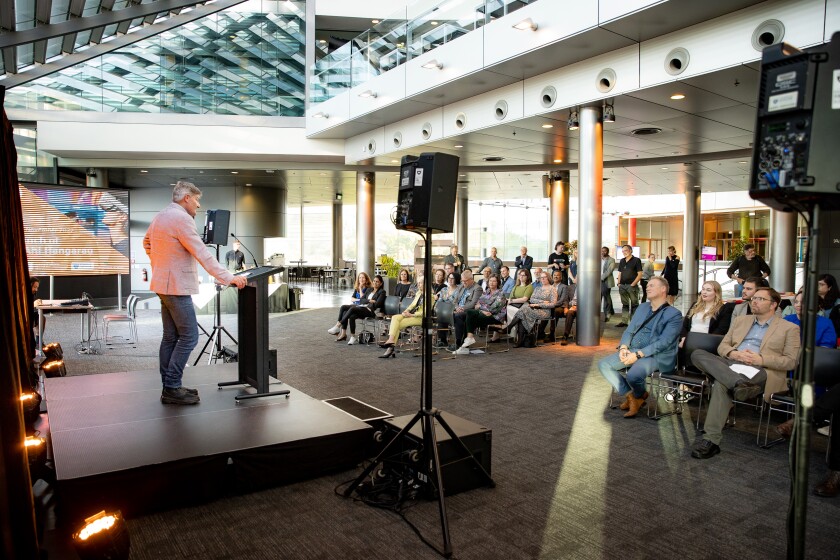Data released today provides a five-year view of the experiences of rangatahi in Aotearoa, focusing on exclusion and disadvantage. The data was released as part of the webapp, OHI Data Navigator, a project of Te Rourou, One Aotearoa Foundation.
The data navigator’s annual data update gives figures for the overall experiences of exclusion and disadvantage for rangatahi across Aotearoa. This five-year snapshot shows almost no shift in these experiences, with high rates for some communities. A systems-level approach which supports grassroots efforts is necessary, Te Rourou Rangatahi Insights Lead Ta’ase Vaoga says.
“The work in our communities is crucial to respond to the immediate needs of our rangatahi, and this needs to exist alongside a systems-level approach that prioritises the wellbeing and aspirations of our young people.”
OHI Data Navigator calculates the overall experiences of exclusion and disadvantage according to the interactions had by young people aged 12-25 with government systems which are considered ‘risk factors’.
“Where these risk factors exist, rangatahi wellbeing, connectedness to community, and seeing the future possibilities can be negatively impacted. With only incremental shifts in these experiences of exclusion and disadvantage, our rangatahi need an urgent and drastic shift in our systems so that they can thrive,” Vaoga says.
A systems-change approach needs to come from all areas of society including the likes of business, which is why Te Rourou, One Aotearoa Foundation backed by One NZ, has a goal to halve the number of rangatahi experiencing exclusion and disadvantage in Aotearoa. It is through OHI Data Navigator that we can see how we’re tracking as a society and push and pull levers where necessary.
“Whilst we have available the overall experiences of exclusion and disadvantage for rangatahi, we can also track within the tool the total number of interactions of rangatahi with care and protection and justice systems, as well as disadvantage experienced in education and employment. This is really important, not only just for how we keep the systems to account and track impact, but also in supporting at a community-level where the need is most,” Vaoga says.
The overall experiences remain unchanged from 2021, with one in five young people continuing to experience exclusion and disadvantage in 2022. There are, however, many communities identified where young people are disproportionately over-burdened and under-resourced.
“At a high level, the numbers are shifting but they are shifting very slowly. For some – Māori, isolated communities, or those in high-deprivation areas, the rates seen are as high as three in five young people experiencing exclusion and disadvantage, and this is something we should not tolerate.”
OHI Data Navigator is a free interactive tool that is available to registered users. Population based-data is derived from the Integrated Data Infrastructure (IDI) and other surveys.



